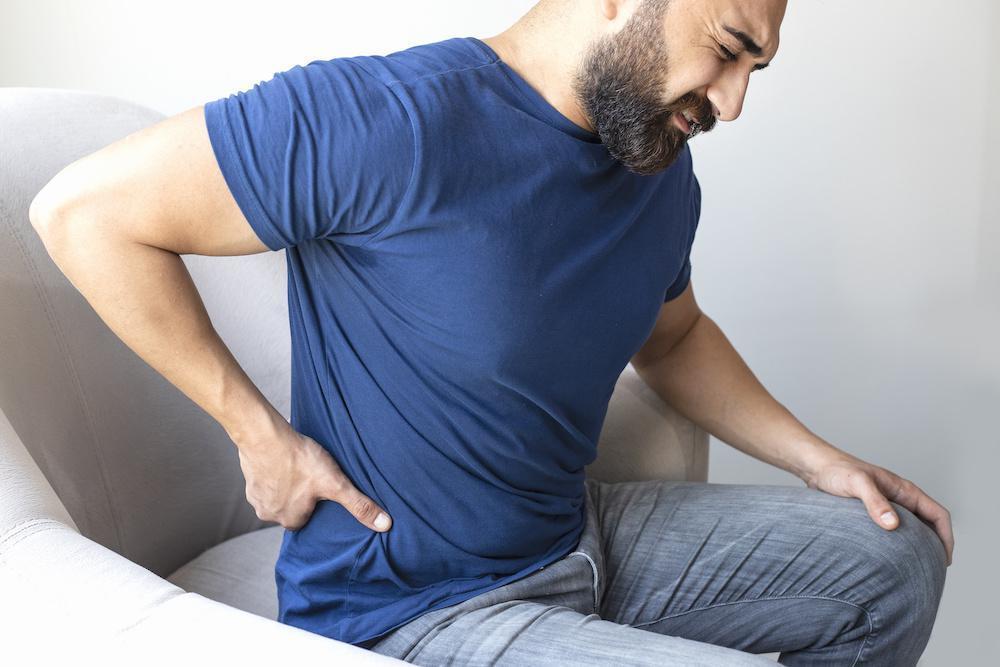
How PRP Therapy Treats Arthritic Joints

It’s a common misconception that if you live with arthritis, you’re stuck with the pain and loss of mobility. While that might have been the case decades ago, advances in medical science have uncovered new ways to bring you relief.
And you don’t need a joint replacement to ease your discomfort, either. With platelet-rich plasma (PRP) therapy, Dev Sen, MD, offers our patients at Prime Regenerative and Pain Management a minimally invasive way to treat arthritic joints.
From our office in Fredericksburg, Virginia, he can explore this regenerative medicine option for all kinds of arthritis pain, including knee pain, shoulder pain, neck pain, and low back pain.
Should you consider PRP? To help you decide, let’s take a moment to better understand this treatment.
How PRP works
PRP is an injection-based therapy. But rather than injecting your joint with a synthetic solution, we derive PRP from your own body. We take a very small sample of your blood and place it into a centrifuge to separate out the platelets, creating PRP.
Your body’s platelets promote healing. When they arrive at an injured area, they do everything from helping your blood clot to delivering growth factors. These growth factors stimulate and support your body’s healing mechanisms.
By delivering PRP — and its growth factors — to your affected joint, we give the area resources it can use to repair the joint. This can reduce your pain, improve your mobility, and potentially slow further joint degeneration.
While PRP is still a relatively new treatment, early studies show that this natural way to harness your body’s healing power is effective for a large number of people living with arthritic joints.
What to expect with PRP
Because we derive PRP from your body, the risks of complications and side effects are minimal.
What’s more, because PRP therapy is a minimally invasive treatment that doesn’t require any incisions, you don’t have to worry about any downtime afterward.
It also doesn’t require any anesthesia, although we can apply a topical anesthetic if you’re worried about feeling uncomfortable during treatment.
Some people notice improvement right away, but the PRP continues to work in the weeks that follow. The healing in the treated area may continue for months after your PRP therapy.
Learn more about PRP therapy
If you’d like to learn more about this innovative way to unlock your body’s healing potential, call our team at Prime Regenerative and Pain Management or make an appointment online today. We’re here to help you find relief from your arthritic joints.
You Might Also Enjoy...


9 Ways to Remedy Age-Related Back Pain

Is a Spinal Cord Stimulator the Answer to Your Chronic Back Pain?

5 Warning Signs That Your Sports-Related Back Pain Requires Medical Intervention

Why Radiofrequency Ablation May be the Best Solution for Your Chronic Back Pain


